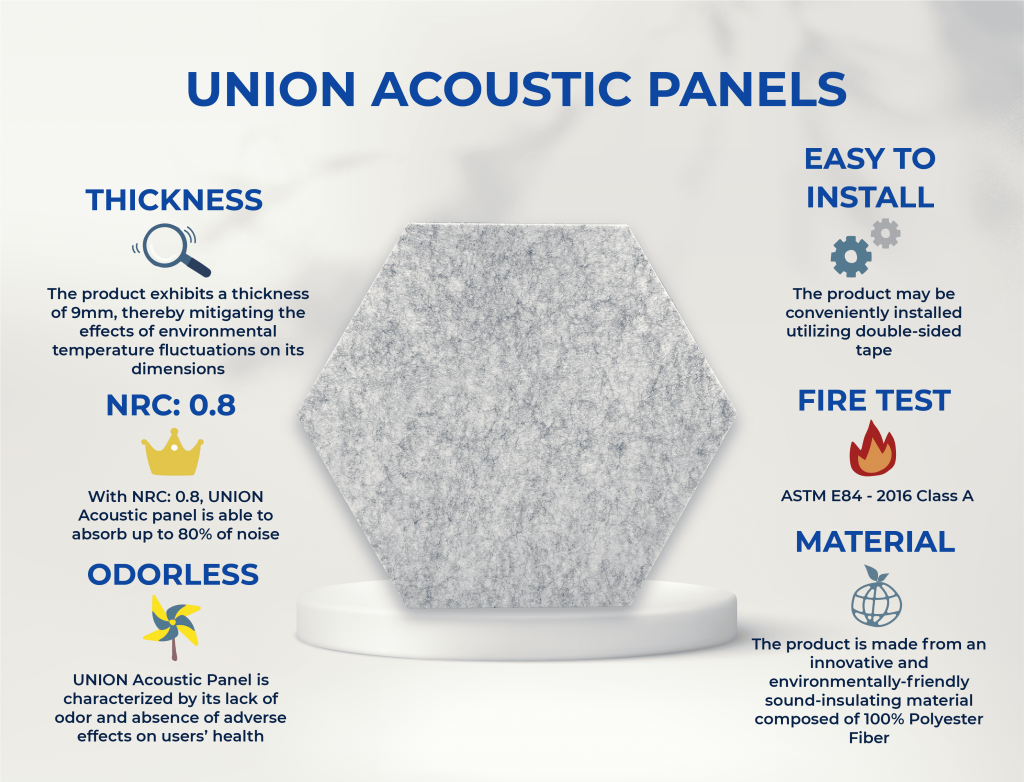
Noise pollution is a prevalent issue in our modern and fast-paced world. The constant sounds of busy highways, construction sites, and noisy neighbors can be an unwelcome distraction and cause various disruptions in our daily routines. For individuals looking to reduce these unwanted sounds, soundproof foam presents the perfect solution. Soundproof foam is a specialized product designed to absorb and block out unwanted sounds, making it an ideal option for anyone who needs to create a quiet and peaceful space.
However, before you rush to purchase soundproof foam, it’s essential to understand when and where to use it. Using soundproof foam in the wrong places can be an ineffective and expensive investment. To help you understand where to use soundproof foam, we’ve created this informative blog post. In this post, we will explore the different applications of soundproof foam, including which areas it is most effective in, and how to install it correctly.
- To reduce sound reverberation in a room
When looking to optimize the acoustics of a space, one common issue to address is sound reverberation. Sound waves bouncing off of hard surfaces in a room can lead to unwanted echoes and distortion, causing a lack of clarity in speech and music.
To reduce such sound reverberation, the use of soundproof foam is recommended. Soundproof foam is made of acoustic materials that work to absorb sound waves as opposed to reflecting them. This allows for more control over the sound in a space, optimizing it for its intended purpose.
- To keep sound from travelling through walls
When looking to keep sound from travelling through walls, using soundproof foam can be an effective solution. This type of foam is designed to absorb sound waves and prevent them from bouncing off walls and hard surfaces. This makes it a popular choice for recording studios, home theaters, and other settings where noise control is important.
- To improve sound quality in a recording studio
When setting up a recording studio, it is important to consider not only the equipment needed to capture sound but also the environment in which the recording takes place. Soundproof foam is an essential element in this setting, particularly when it comes to improving sound quality.
By installing soundproof foam on walls and ceilings, background noise, echoes, and sound vibrations can be effectively mitigated, leading to higher quality recordings. When deciding whether to use soundproof foam, consider factors such as the room size, type of recordings, and budget. For instance, if space is limited, soundproof foam can be particularly effective in reducing reflection and echo and enhancing audio clarity in the room. Moreover, it can be a cost-effective alternative to other soundproofing solutions.
- To reduce noise levels in a lecture hall
To reduce noise levels in a lecture hall, soundproof foam panels can be a highly effective solution. Lecture halls are often filled with hard surfaces such as concrete floors, glass windows, and drywall partitions, which can cause sound to bounce around and become amplified.
This reverberation not only makes it difficult for the speaker to be heard clearly, but it can also be disruptive to students who are trying to focus. Soundproof foam panels absorb sound waves, minimizing echoes and reducing the overall noise level in the lecture hall. These panels can be mounted on the walls or ceiling of the lecture hall to improve sound quality and create a more comfortable learning environment for students and teachers alike.
- To prevent sound leakage in a soundproofed room
When constructing a soundproofed room, preventing sound leakage is of utmost importance, and the use of soundproof foam can help achieve this goal. Soundproof foam is a type of acoustic foam that is designed to absorb and reduce sound waves, preventing reverberation and echoing.
By adjusting the thickness and density of the foam, soundproofing experts can create a customized solution for your soundproofing needs. To prevent sound leakage in a soundproofed room, soundproof foam can be applied to the walls, ceiling, and floor to create a seal that traps sound inside. It is recommended to use acoustic sealant in conjunction with the foam to ensure a complete and effective seal.
